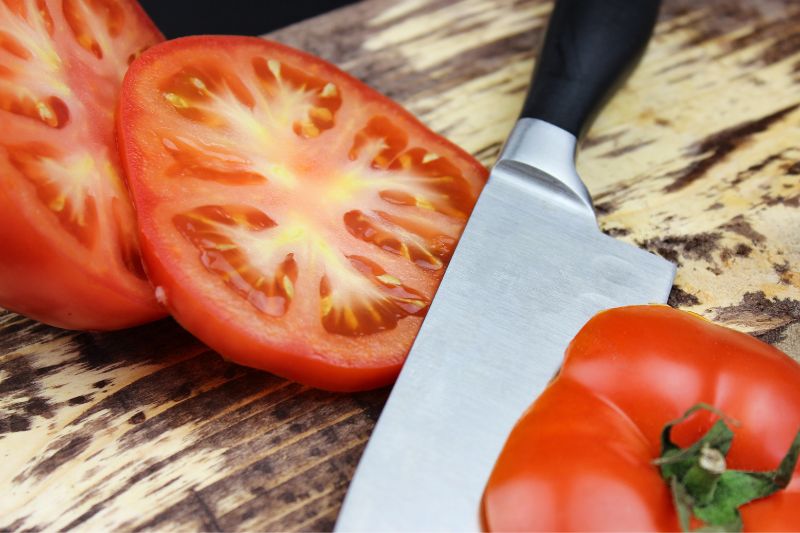What Age Should a Child Use a Knife and Fork? Exclusive Insights
Written By James Morgan
As many barbecue enthusiasts know, teaching children how to use a knife and fork is not just about proper table manners but also about introducing them to an essential skill that they'll carry forward as they grow. The primary question often asked is, what age should a child be able to use a knife and fork? Here, we delve deep into understanding this important milestone in a child's life.

The Importance of Cutlery Skills
Children are naturally curious, and involving them in meal preparations can be an exciting and educational activity. By the time they are toddlers, their motor skills are developing at a tremendous pace. It's a life-changing experience for them to hold and control utensils. It's crucial to nurture this interest and help them learn how to use cutlery safely and efficiently.
The Key Age Milestones
Introducing Forks
Most children start using spoons around the age of two, but when it comes to a fork, it might take a little longer. By age three, children can typically begin using a fork to pick up pieces of food. Although they might not use it perfectly, it's a good starting point.
When to Introduce a Knife
The question on every parent's mind remains, what age should a child be able to use a knife and fork? Children can start learning to use a knife around age five. Of course, this would initially be a non-serrated, plastic knife to ensure safety. By the age of seven or eight, many children can begin to handle a small, blunt dinner knife with supervision.
For more details on cutlery usage, check out this post about how to hold a fork and knife or read our guide on cutlery meanings.

Promoting Safety and Confidence
Parental Supervision
It's shocking how quickly independence can turn risky if children are not properly supervised while handling cutlery. Parents should be delighted to know that with cautious guidance, kids can comfortably and safely learn to use a knife and fork. For tips on ensuring safety during meals, visit this helpful resource on treating minor cuts.
Practice and Patience
Just like with any other skill, using a knife and fork takes practice and patience. Encourage your child to practice cutting soft fruits like bananas before moving on to slightly tougher foods. Hands-on experience is key to building their confidence and competence in using cutlery.

Setting the Right Table Example
At barbecues, it's common for adults to show off their grilling skills, but it's equally important to showcase good table manners. Setting a proper example is one of the best ways to teach kids. For detailed tips on setting a table, review our article on how to set a fork, knife, and spoon on the table.
To wrap it all up, teaching children to use a knife and fork is an incredible journey filled with remarkable learning experiences. It involves a combination of the right timing, proper tools, and family participation.
Frequently Asked Questions
When should I give my child a metal knife and fork?
A metal knife and fork can generally be introduced after your child has shown basic proficiency with plastic utensils, usually around seven to eight years old.
Can using cutlery help my child's development?
Yes, using cutlery can greatly enhance a child's motor skills, hand-eye coordination, and even concentration.
What if my child struggles with using a knife and fork?
If your child struggles, consider starting with softer foods and plastic knives. Provide encouragement and gradually introduce more complex tasks as they grow more confident.
For additional tips and tricks, visit our article on how to wrap a knife and fork in a napkin.
As an Amazon Associate, I earn from qualifying purchases.



